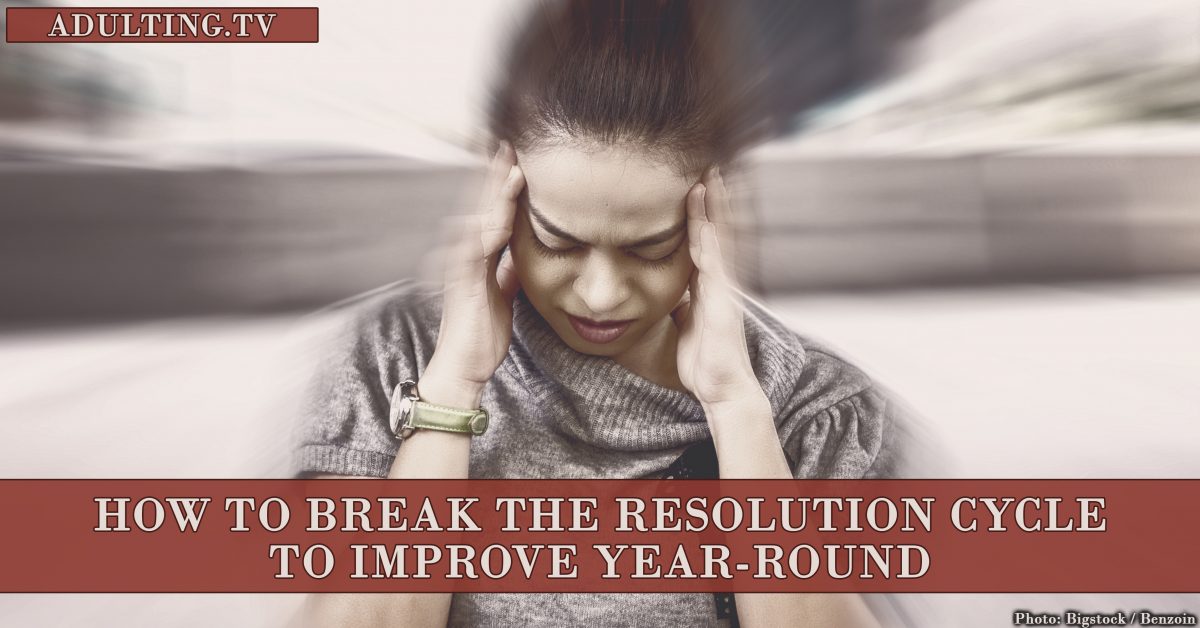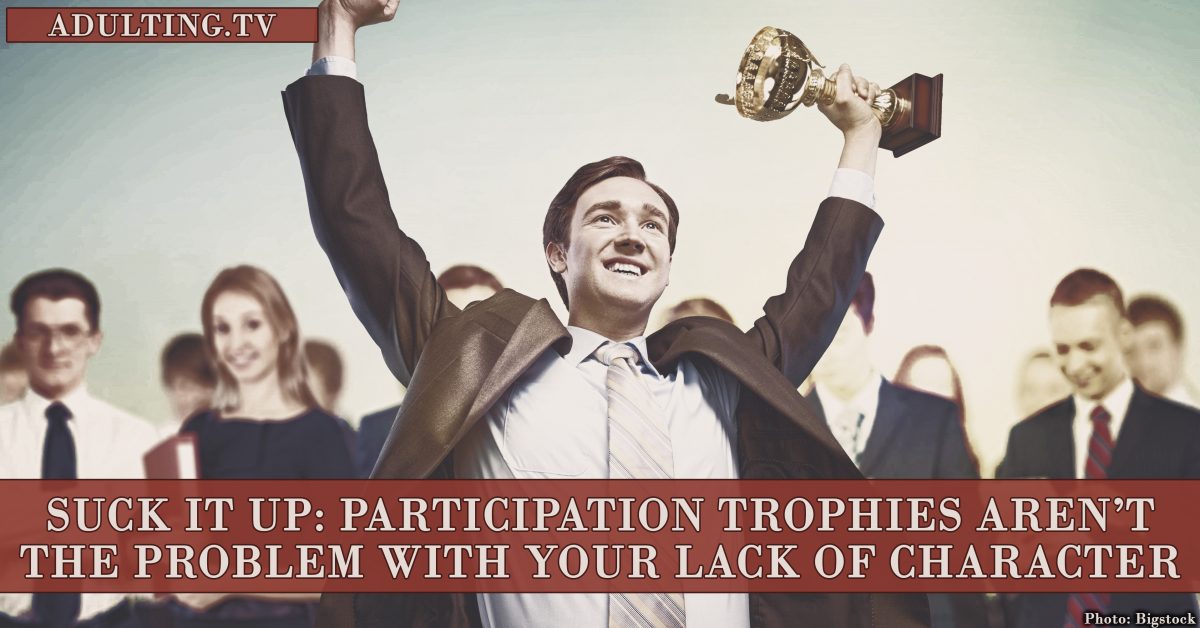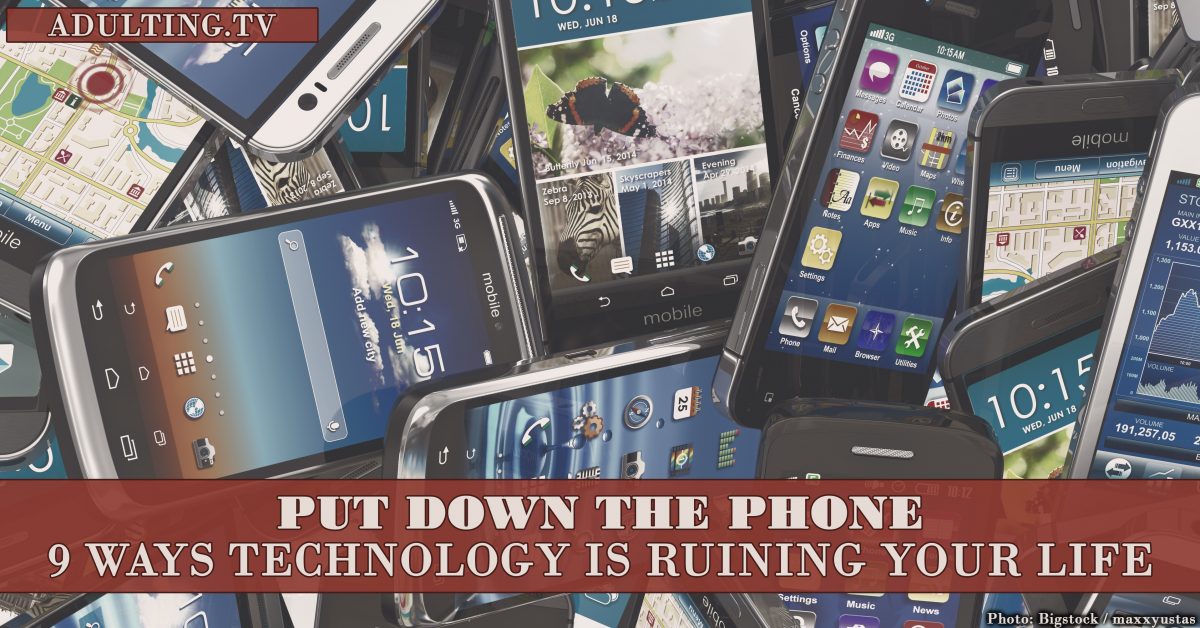After a meeting at a Denver breakfast house earlier this month, I took Lyft home. The driver and I had an inspiring chat.
She asked me if I had any New Year’s Resolutions. I said, “No. I’m not opposed to making New Year’s Resolutions, but I try to improve every day.”
She said, “Oh, that’s nice! I already broke my New Year’s Resolutions with a chocolate muffin this morning.” She wasn’t trying to lose weight. She was trying to “be healthier.”
It was January 3rd.
Are you caught up in the resolution cycle?
It’s true: I’m not opposed to New Year’s Resolutions. I think a new year is a great time to commit to self-improvement.
Even though January 1st only has the meaning we give it and “the first day of the year” was chosen by Pope Gregory XIII in 1582 to save Easter, it’s an opportunity for a new beginning. It’s a clear and decisive split between the past and the future.
It’s logical that people want to improve. It’s logical to commit to better behaviors when the calendar offers a convenient new beginning.
Other logical times to make improvements are birthdays and anniversaries. Spring, a time of rebirth that both the Gregorian Reforms and pagans honor, is another good time to review and recommit to better living.
Additionally, when you reach a point of catalyst in your life, it can make sense to resolve to change. By catalyst, I mean when you’ve reached a tipping point, are maxed out, or are fed up with how things are.
Unfortunately, these types of markers also lead to difficulty in sticking with the changes. You set goals at that time, slip up, and feel like a failure. But you don’t do anything until the next calendar marker. It’s the resolution cycle.
Fed up with life.
After spending a weekend in Winter Park, Colorado with a college friend of mine, my husband and I looked at property to buy.
We love Winter Park and this weekend trip reaffirmed our love for Winter Park. We thought it would be great to have a vacation home not far from our main residence for long weekends and quick getaways.
On our way out of town that Sunday, we fantasized about buying land and building our vacation home. As we headed out of town, we saw a sign that read “Winter Park: Elevation 9,121 feet.” We were immersed in our fantasy as we crested the top of the pass.
And then, the descent.
As we drove through Estes Park, elevation 7,500 feet, our conversation went from buying land and building a house to just buying a house or condo. We realized buying land and building was a bit out of our ability.
We passed through Boulder, elevation 5,430 feet, and our conversation went from not being able to buy a house or condo to probably not being able to rent a place. We reached Denver, elevation 5,130 feet, and we finally admitted to ourselves that we were financial messes.
We pulled up to our home, opened the door and walked down the flight of steps into our basement apartment. Our apartment was so dark in the winter that you couldn’t tell what time of day it was by looking out the window. We were physically, financially, and emotionally in a hole.
Our combined credit card debt was $51,000. That’s a 20% down payment on a $255,000 house, or the cost of a nice car. We were paying $10,000 a year in credit card interest charges. That’s a few nice vacations every year.
This was our catalyst. We were fed up with life. We didn’t know how or when, but we decided then and there to become debt free.
Time to make a change.
This catalyst didn’t happen on New Year’s Day, on either of our birthdays, our anniversary, the first day of spring or Easter Sunday. It was a random fall Sunday. There were leaves on trees and a dusting of snow on the ground.
It was no beginning or end, but it was what we needed to make a change we never achieved with the resolution cycle associated with the “new year, new year” strategy.
By then, I had my credit card debt for seven years. My husband had his for 17 years. Not until we were fed up – had our catalyst – did we take the necessary measures to become debt free.
Over the course of the next few months, we did some soul-searching to learn how we got ourselves into that mess and how we would get out.
Two-and-a-half years later we were debt free. Within the next year, we were the owners of a condo in a high-rise that overlooks the city of Denver and the Rocky Mountains.
We’re two of the last people in Denver to see the sunset every day.
There were many steps we had to take to pay off our debt. We implemented all the traditional advice:
- Budget
- Create a debt payment plan
- Cut back our spending
There was one critical step that helped us more than anything else, though. It was the only step that let us to achieve what, to that point, had been unachievable as part of the resolution cycle.
We figured out what we wanted and why we wanted it.
The power is in your want.
Jim Rohn said, “When you know what you want, and want it bad enough, you will find a way to get it.” Up until this point, we were spending and living unconsciously. Even though we were two thirty-something financial services professionals helping other people with their money, we weren’t living authentically.
Up until this point, we were spending and living unconsciously. Even though we were two thirty-something financial services professionals helping other people with their money, we weren’t living authentically.
We couldn’t explain why we ate out several times a week, despite several unconscious trips to the grocery store each week. We didn’t see the contradiction in wearing $600 jeans and missing credit card payments.
It didn’t strike us as ironic or stupid that we wanted to buy land and build a vacation home when we were living paycheck to paycheck in a friend’s basement apartment.
Only when we were clear about what we really wanted in life and why we wanted those things did we get our lives in order.
It’s wasn’t enough to know what we wanted. We had to know the why as well.
When we’re clear with what we want, we have focus. And it has nothing to do with the resolution cycle. It’s knowing why we want it that inspires us. Your want is the match. Your why is the spark.
During those times when it felt like we’d never see a “$0” on our credit card statements or when we had pent up demand to splurge, it was our wants and whys that helped us persevere.
How to break the resolution cycle.
My advice for breaking the resolution cycle and improving year-round, no matter your goal, is to know what you truly want and why you want it.
Only when you’ve peeled back the layers of your desires to their deepest core can you stop worrying about the cycle of setting resolutions and failing. Once you can answer your whys and wants, you can make improvements all year round, without worrying about setting resolutions at an arbitrary time of year.
No fad, gimmick, or date will help you until you know your why.


![[B012] Delayed Parenthood ft. Sandy Smith, Yes I Am Cheap](https://adulting.tv/wp-content/uploads/2017/01/delayed-parenthood-1200x628.jpg)
![[A054] Move Yo Butt: Make Moving Day Easy](https://adulting.tv/wp-content/uploads/2017/01/a054-1200x628.jpg)






![[A052] Hoodies and Ink: Dress for the Situation and Look the Part](https://adulting.tv/wp-content/uploads/2016/12/a052-1200x628.jpg)







